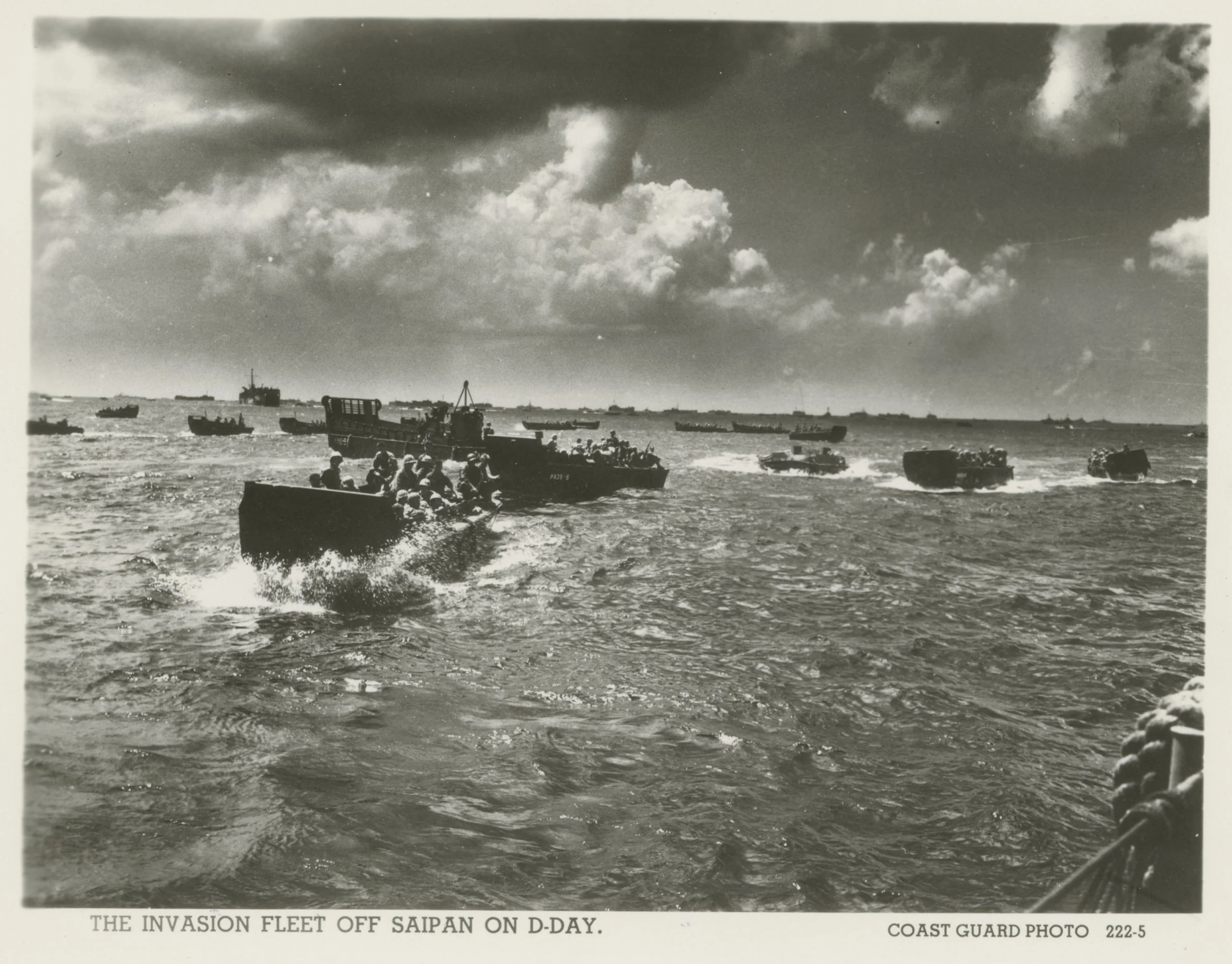Yet Another Vision
Who is Antiochus IV Epiphanes and why should we care?
If we were Jews we would know the answer to this question immediately–Antiochus Epiphanes and the Macabbean Wars (167-141 BC) are the historical background of the Jewish holiday “Hanukkah” (which means “dedication,” or more specifically, “re-dedication”). The reason why we as Christians should care about Antiochus is because the prophet Daniel had another vision which is recounted in chapter 8, this time of a ram and a goat. But the “Little Horn” also reappears (we first read of him in Daniel 7:8) and his role is central in this vision, pointing us ahead to a future antichrist. In this visionary dream, YHWH gives Daniel a prediction of yet another terrible time for the people of God then exiled in Babylon.
This vision informs them that at some point before the dawn of the messianic age, yet after the exiles have indeed returned from Babylon to Judah to rebuild the city of Jerusalem and YHWH’s temple, the rebuilt temple will be desecrated by a “Little Horn,” who, in this vision, is none other than Antiochus IV Epiphanes. The temple will be cleansed and the altar rebuilt by Judas Maccabaeus, the famed Jewish rebel leader who recaptured Jerusalem from Antiochus’ forces and then restored the temple. This event, Hanukkah,celebrated by Jews ever since was foretold with uncanny accuracy by Daniel, and recounted for us in the 27 verses of the eighth chapter of the Book of Daniel.
Amazing Accuracy
This vision is important to us for a number of reasons, not the least of which is the accuracy of Daniel’s prediction of yet another terrible desecration of YHWH’s temple in Jerusalem. This desolation will occur long after the Jewish exiles then held in Babylon (at the time Daniel is given this vision), have, in the future, returned to Judah and are once again established in the land of promise. Daniel’s vision predicts the coming of Antiochus IV Epiphanes (some 350 years yet future to Daniel), but it also depicts him as a type (or a foreshadowing) of a series of antichrist figures yet to come. As we saw in the vision recorded in Daniel 7, this series of antichrists includes the self-deifying emperors of Rome (the “Little Horn” of the fourth beast of the visions in Daniel 2 and 7), and which culminates in a final end times antichrist foretold by the Apostle Paul in 2 Thessalonians 2:1-12.
To read the rest, follow the link below
Read More














